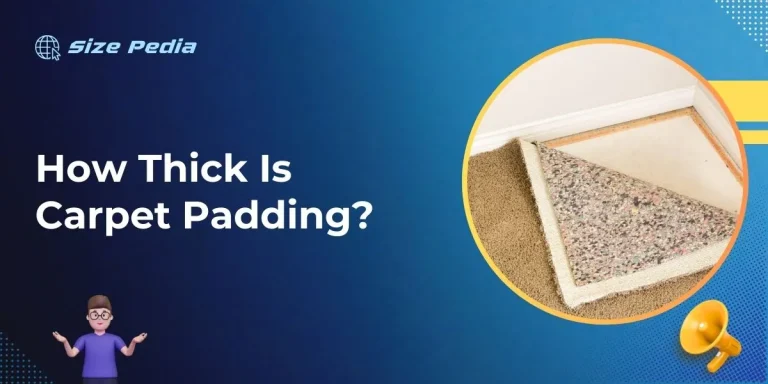How Heavy is a Jeep Hard Top? Unveiling the Weight!
A Jeep hard top typically weighs between 100 to 150 pounds. Its exact weight depends on the model and features of the Jeep. Removing a Jeep hard top can transform your ride, offering the liberating feeling of open-air driving that Jeep enthusiasts love. A Jeep Wrangler, one of the most popular models, boasts a hard…










